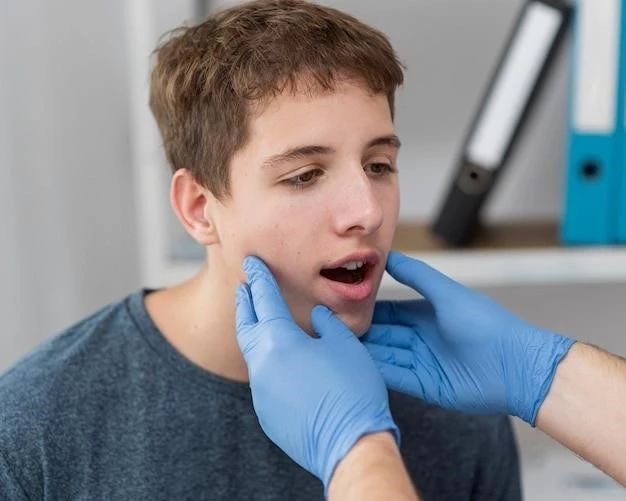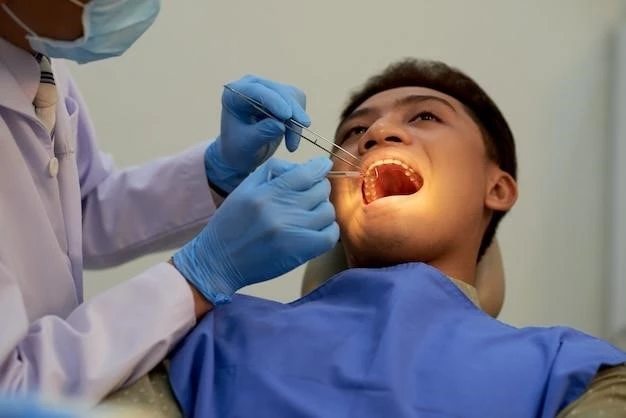Causes of Cleft Lip and Palate
Cleft lip and palate can have various causes‚ including genetic factors‚ environmental influences during pregnancy‚ and certain syndromes. Genetic mutations‚ family history‚ maternal smoking‚ alcohol consumption‚ and nutrient deficiencies are known to contribute to the development of cleft lip and palate.
Environmental factors such as maternal infections‚ exposure to harmful substances‚ and lack of prenatal care can also increase the risk. Certain syndromes like Van der Woude syndrome and Pierre Robin sequence are associated with cleft lip and palate. Understanding these causes is crucial for prevention strategies and early intervention.
By identifying the specific cause in each case‚ healthcare providers can tailor treatment plans to address the individual needs of patients with cleft lip and palate. Early diagnosis and intervention play a key role in improving outcomes and minimizing complications associated with this condition.
Educating families about the causes of cleft lip and palate can help them make informed decisions regarding treatment options and support services available to them. Genetic counseling may be recommended to assess the risk of cleft lip and palate in future pregnancies and provide guidance on preventive measures.
Treatment Options for Cleft Lip and Palate

The treatment for cleft lip and palate typically involves a multidisciplinary approach that may include surgical‚ dental‚ and speech interventions. Surgical repair is the primary treatment for cleft lip and palate‚ usually performed in infancy to enhance facial appearance and restore function.
For cleft lip‚ surgery aims to close the gap in the upper lip‚ while for cleft palate‚ the procedure involves closing the opening in the roof of the mouth. Additional surgeries may be needed to improve speech and correct any associated dental issues.
Dental care is essential for children with cleft lip and palate to address abnormalities in tooth development and alignment. Speech therapy plays a crucial role in improving communication skills and addressing speech difficulties commonly seen in individuals with cleft lip and palate.
Orthodontic treatments may be required to address dental arch alignment and improve overall dental health. As part of the treatment plan‚ ongoing monitoring and follow-up care are important to ensure optimal outcomes and address any emerging issues related to cleft lip and palate.
Complications of Cleft Lip and Palate Surgery
While cleft lip and palate surgeries are generally safe and effective‚ they can be associated with certain complications. Immediate postoperative risks include bleeding‚ infection‚ and anesthesia-related issues. Careful monitoring is essential during the initial recovery period to detect and manage any complications promptly.
Long-term complications of cleft lip and palate surgery may include scarring‚ asymmetry‚ or persistent issues with speech and facial development. Revision surgeries may be necessary to address these complications and optimize outcomes.
In some cases‚ individuals may experience psychosocial challenges due to the visible scars or functional limitations following cleft lip and palate surgery. Psychological support and counseling services can help patients and their families cope with these emotional aspects of surgical treatment.
Overall‚ the management of complications associated with cleft lip and palate surgery requires a comprehensive approach involving close collaboration between the surgical team‚ rehabilitative specialists‚ and mental health professionals to ensure the best possible results and quality of life for patients.
Support Services for Families of Children with Cleft Lip and Palate
Families of children with cleft lip and palate require comprehensive support services to address the physical‚ emotional‚ and social challenges associated with the condition. Support groups comprising other families facing similar situations can provide valuable peer support‚ practical advice‚ and a sense of community.
Psychosocial support services‚ such as counseling and therapy‚ can help families navigate the emotional impact of having a child with cleft lip and palate. These services offer a safe space for families to express their feelings‚ address concerns‚ and learn coping strategies.
Educational resources on cleft lip and palate‚ treatment options‚ and available services can empower families to make informed decisions about their child’s care. Access to speech therapy‚ dental care‚ and nutritional counseling is essential to ensure the overall well-being and development of children with cleft lip and palate.
By providing ongoing support services tailored to the needs of each family member‚ healthcare providers can enhance the quality of life for children with cleft lip and palate and their families. Collaboration between medical professionals‚ educators‚ and community organizations is key to delivering comprehensive care and support to these families.
Understanding Tetraphocomelia
Tetraphocomelia is a rare congenital disorder characterized by the absence or underdevelopment of all four limbs. This condition can result from genetic mutations‚ environmental factors‚ or chromosomal abnormalities during fetal development.
Individuals with tetraphocomelia face unique challenges in mobility‚ self-care‚ and overall independence. Understanding the specific genetic or environmental factors that contribute to tetraphocomelia is essential for developing personalized treatment and management plans.
Psychosocial support and adaptive devices play a crucial role in helping individuals with tetraphocomelia navigate daily activities and achieve optimal quality of life. Collaborating with multidisciplinary healthcare teams can provide comprehensive care and rehabilitation services to address the physical and emotional needs of individuals with tetraphocomelia.
Research efforts focused on understanding the underlying causes of tetraphocomelia and exploring innovative interventions are vital for improving outcomes and enhancing the well-being of individuals affected by this rare condition. Continued advancements in medical science offer hope for individuals with tetraphocomelia and their families.
Surgical Interventions for Tetraphocomelia
Surgical interventions for tetraphocomelia aim to enhance function and improve quality of life for individuals with this rare condition. Procedures may involve orthopedic interventions to address limb abnormalities‚ reconstructive surgery to improve mobility‚ and prosthetic fittings to support daily activities.
Orthopedic surgeries can help correct limb deformities‚ improve joint function‚ and enhance overall stability. Reconstructive procedures may focus on creating functional limbs through tissue expansion‚ skin grafts‚ or microvascular surgery techniques.
Prosthetic limbs and assistive devices play a significant role in enabling individuals with tetraphocomelia to perform tasks and engage in activities that would otherwise be challenging. Customized prosthetics tailored to the unique needs of each individual can greatly enhance independence and mobility.
Collaboration between orthopedic surgeons‚ physical therapists‚ occupational therapists‚ and prosthetists is essential to deliver comprehensive care and rehabilitation services to individuals with tetraphocomelia. By combining surgical expertise with rehabilitative interventions‚ healthcare teams can optimize outcomes and support individuals with tetraphocomelia in achieving their full potential.
Research Advances in Cleft Lip‚ Palate‚ and Tetraphocomelia
Ongoing research in the field of cleft lip‚ palate‚ and tetraphocomelia has led to significant advancements in understanding the genetic‚ environmental‚ and developmental factors contributing to these conditions. Genetic studies have identified key genes associated with cleft lip and palate‚ paving the way for targeted interventions and personalized treatment approaches.
Emerging technologies‚ such as 3D imaging and printing‚ have revolutionized surgical planning and reconstruction techniques for individuals with cleft lip and palate. These innovative tools enable surgeons to create precise treatment plans and optimize surgical outcomes‚ improving both function and aesthetics.
In the realm of tetraphocomelia‚ advancements in orthopedic surgery‚ prosthetics‚ and regenerative medicine offer promising avenues for enhancing limb function and mobility. Research focused on tissue engineering and nerve regeneration holds potential for developing novel therapies to improve the quality of life for individuals with tetraphocomelia.
Collaborative efforts between researchers‚ healthcare providers‚ and advocacy organizations are essential for driving progress in the field of cleft lip‚ palate‚ and tetraphocomelia. By sharing knowledge‚ resources‚ and best practices‚ the scientific community can continue to push boundaries‚ expand treatment options‚ and ultimately improve outcomes for individuals affected by these complex conditions.
